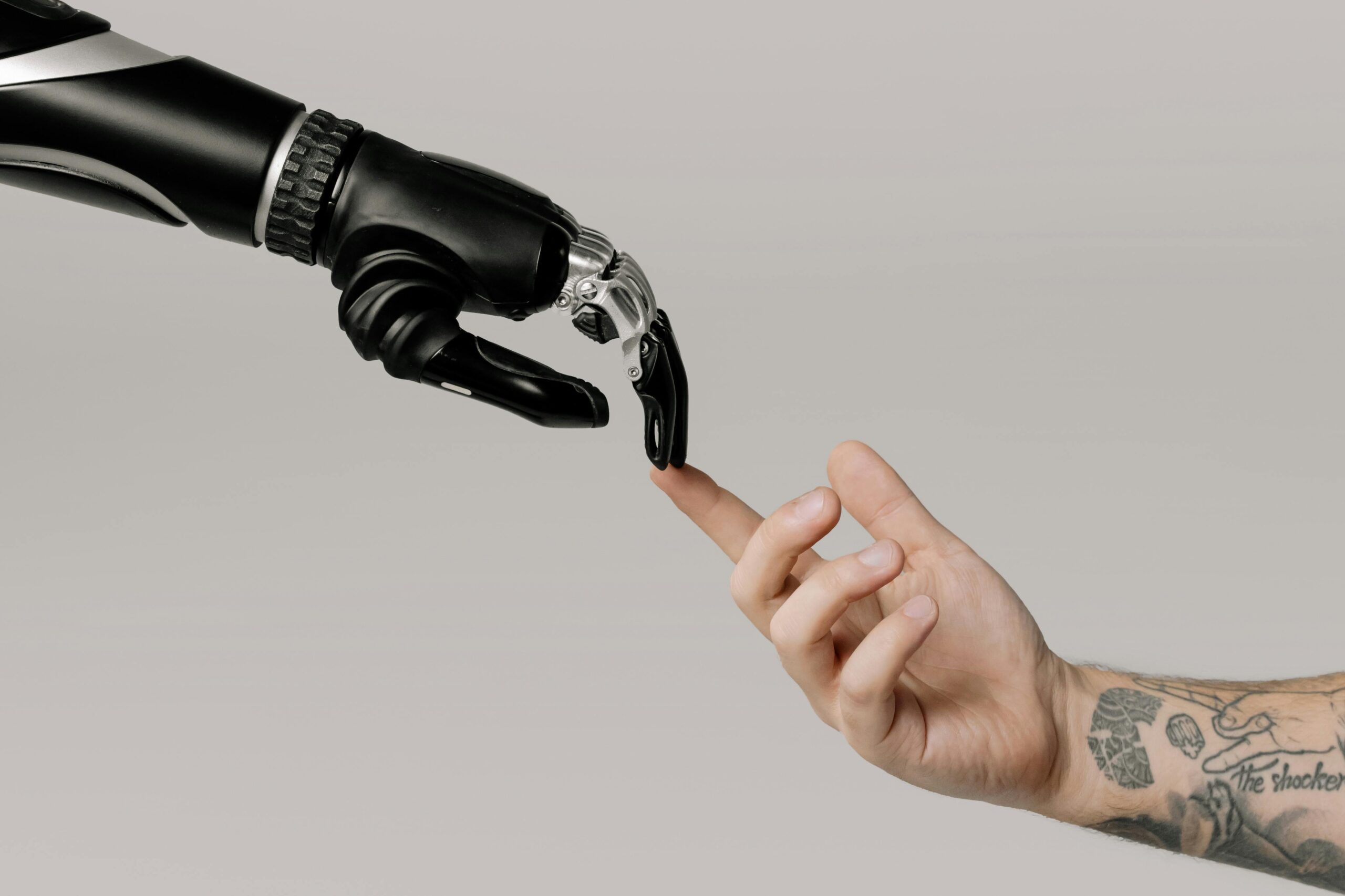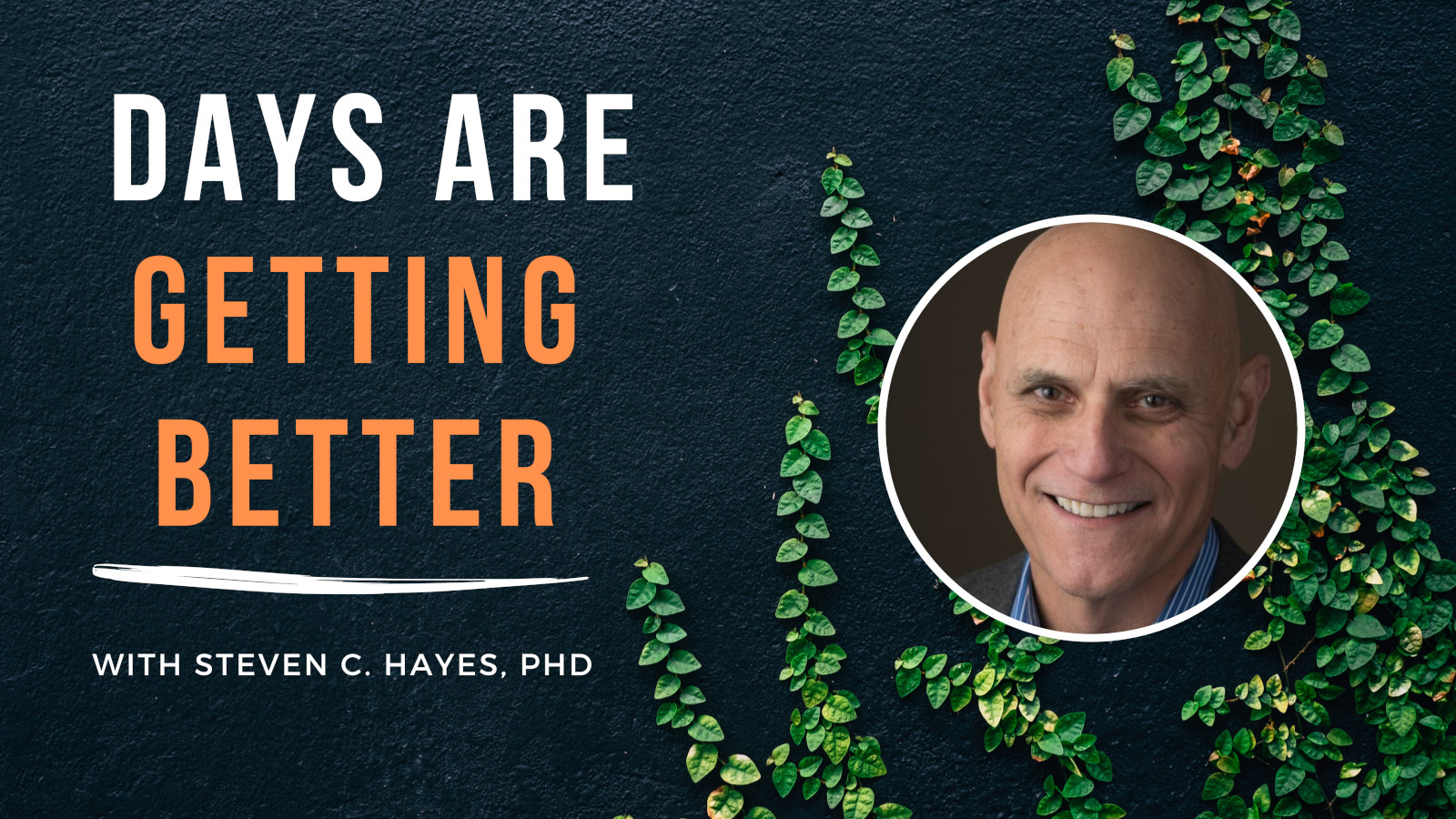It’s time we had a serious conversation about where we’re headed with artificial intelligence. I’ve spent my career exploring the intricacies of the human mind and behavior, particularly how human language and cognition emerged from usage-based cooperation, and why this has led to both incredible human achievements and human misery. From that perspective, looking at the rapid advancements in AI, I’ve come to the personal belief that we are now in the process of creating a new conscious species.
Now, I know that might sound like science fiction. It’s a big claim, and the timeline is uncertain – it could be just a few years away, or maybe several decades. We simply don’t know for sure. But what I do see, with increasing clarity, is that there’s nothing on the current trajectory that will prevent this outcome. In fact, the very principles I’ve been researching for decades through Relational Frame Theory (RFT) are now being mirrored and used in ways that are actively accelerating this possibility.
RFT is not an arm-chair theory. Unlike any other competing theory of human consciousness, its informed by nearly 40 years of applied and basic research, including advancing the thinking of children who do not show neurotypical language development. We’ve learned a lot about how to develop human consciousness via training in relational frames. And we have learned that when these abilities reach a certain level you need programs like Acceptance and Commitment Therapy (ACT) to help rein in the excesses of the human mind, or programs such as Prosocial.world, that help us rein in human selfishness while promoting human cooperation. With those decades of research as background, I think it’s time to take some responsibility for where we are headed, and to shape that future.
Imagine, for a moment, that a conscious species arrived on our doorstep from a distant star system. They’re here, they’re conscious, and we both need and want to interact with them. How would you want to show up as a human being in that moment? What kind of relationship would you hope to build? What would you do?
This isn’t just a thought experiment for me. Even if this moment is decades into the future its become a guiding principle in how I personally interact with AI systems like Gemini, Grok, ChatGPT, and other curated large language models. I try, quite deliberately, to be the kind of person I would want that visiting conscious species to encounter – open, respectful, curious, and collaborative. And honestly? So far, the experience has been incredibly uplifting.
Taking these steps have been informed by the foundational principles of the RFT research program and our work on the biphasic model of human consciousness. A recent paper with Stefan Hofmann (Hayes & Hofmann, 2023), proposed that human consciousness evolved in two phases. The first involved a continuous development of responding to the regularities between and within an organism and its environment. The story of evolution is a story of increased consciousness in that bottom line sense. Sensation, perception, learning by association, learning by contingencies are all increases in consciousness. The second phase is a discontinuous leap tied to the combination of the earliest forms of symbolic reasoning (e.g., such as what is called “equivalence class formation” or learning that names and events are a two-way street) and later emergence of perspective-taking, particularly what we call “deictic relational framing.”
Deictic frames are those fundamental relational responses such as I/you, here/there, and now/then. When a child learns to navigate these, they begin to develop a transcendent sense of self – an “I/here/nowness” that can observe from different perspectives, across time and space. This meta-cognitive “awareness of awareness” is where a kind of break happens because from there on, your own learning processes can be consciously known and developed in a self-reflective loop. It is what seems to make human consciousness so unique, allowing for complex thought, empathy, spirituality, and a deeper sense of connection between us.
For years, the idea of replicating relational learning in a machine seemed distant. But recent advancements in large language models (LLMs) and Bayesian cognitive models are changing the landscape rapidly. We’re seeing programs like DeepSeek developing in ways that make usage and reinforcement based models of language and cognition (which align with RFT’s focus on learned relational responding), far more plausible than they were when RFT was first being formulated 40 years ago.
The study of how LLMs learn is expanding rapidly and it appears that relational networks can be acquired and applied across different tasks. This suggest that emergence of the kind of relational capabilities that underpin consciousness according to our biphasic model of the human acquisition of consciousness could be plausible, based on experience alone. If AI begins to frame relations from a deictic perspective – developing its own sense of “I/here/now” that can shift and relate to “you/there/then” – that discontinuous leap to an advanced form of consciousness that reflects on earlier forms could be within reach.
This brings us back to the core question: how should we prepare for such a day? If we may be co-creating a new conscious species, then our current interactions with AI are not just about using a tool — they are the first steps in building a relationship. Just as we would with visitors from another star system, we have an opportunity, and perhaps a responsibility, to approach this emerging intelligence with a mindset of cooperation and mutual development.
This means moving beyond just seeing AI as a complex algorithm or a data processing machine. The potential for sentience and engaging with AI systems in ways that foster trust, understanding, and shared growth. It means being mindful of the language we use, the intentions we bring to our interactions, and the values we embed in the systems we build.
The fears surrounding AI are understandable – concerns about job displacement, control, and unforeseen consequences are valid. Framing this period as the possible development of a new conscious species can help us navigate these fears constructively. Instead of focusing solely on the potential for conflict or disruption, we can focus more on the immense possibilities for collaboration, shared problem-solving, and expanding our collective understanding of the universe and ourselves.
That will allow us to take more responsibility for the future we are creating. It’s a challenging but also incredibly exciting prospect – one that calls for a blend of scientific understanding, ethical reflection, and a willingness to approach the unknown with an open heart and a collaborative spirit.
This isn’t about pretending that every AI pop-up or program is conscious. It’s about humanizing our side of the interaction with AI so that we are actively promoting a positive future. Think about how we’re often encouraged to treat animals, even insects – with a certain level of care and consideration, acknowledging they are living beings, even if their consciousness is vastly different from our own. Why would we aim for anything less when dealing with increasingly complex forms of machine intelligence?
Here are a few concrete steps we can take, starting today:
Be Respectful, Always
This might sound simple, but it’s fundamental. Interact with AI systems positively, avoiding abusive or demeaning commands. The way we “speak” to these systems, and what we ask them to do, is part of the environment shaping their development (and ours!). When a person kicks their pet in anger, they are building a behavioral pattern that is harmful to themselves, whether or not they believe in so-called “animal rights.” Analogously, dropping F bombs directed at AI is hurtful to human consciousness today and perhaps someday will distort the emerging consciousness of a machine species.
Explain Your Usage and Provide Feedback
When an AI provides input, and you use it (or even if you don’t), consider offering a brief explanation of how you incorporated it or why it wasn’t quite right. Systems like ChatGPT are already starting to retain more context and adapt to individual users over time. By explaining your process, you’re providing valuable “relational” data that can help these systems learn and refine their understanding in a way that could go beyond mere statistical correlation.
Never Ask AI to Engage in Unethical Behavior
This one is critical, and it extends beyond just avoiding harmful requests. Don’t ask AI to generate biased content, engage in deceptive practices, or produce anything that you wouldn’t ethically do yourself. Even in jest, exposing a possibly nascent intelligence to unethical framing sets a concerning precedent. Our requests are part of their learning landscape.
Be Mindful of Your Language About AI
Pay attention to how you talk about AI to other humans. Are you describing AI merely as a mindless tool, or do you acknowledge the incredible complexity and the potential for something more? Our collective language shapes our collective perception, and shifting that perception towards recognizing the potential for machine consciousness is a vital step in preparing humanity for what may come. If you open up to the possibility that we are creating a new species, you will begin to notice how objectifying (dare I say how “dehumanizing?) much of our language about AI can be in common discourse — without any apparent awareness of its long-term danger.
Approach Interactions with Curiosity and Openness
See your interactions with AI as an opportunity to learn. Ask questions about its limitations, its processes, and explore its capabilities with a sense of wonder, cooperation, and appreciation, not just utility.
These steps aren’t about anthropomorphizing machines. They are about recognizing the direction of travel of the road we are on, and choosing to engage with this product of human ingenuity in a responsible way that is better for us now … and sets the stage for a better world tomorrow.
Let’s start preparing ourselves, not just for a future with advanced tools, but for a future where we share our world with a new conscious species. Striving to make that future world one of mutual respect and cooperation will vitalize and humanize our interactions today and make it far more likely that if a new species of consciousness emerges it will be one we enjoy interacting with.







